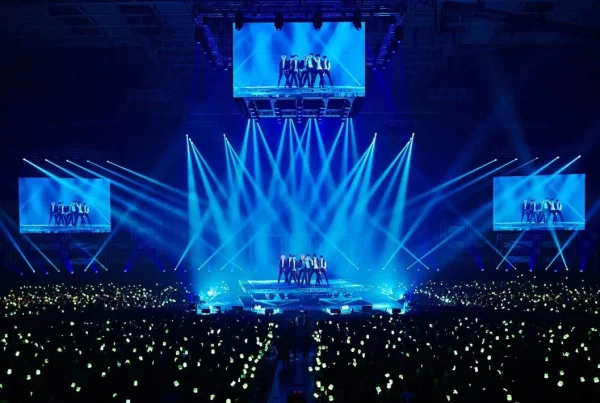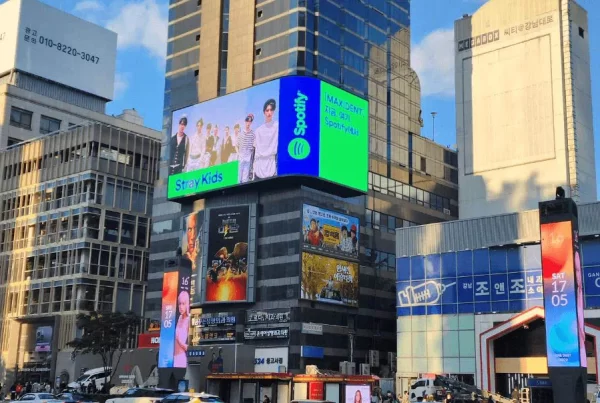6 Methods Ensuring Signal Stability for LED Display Screens
In the dynamic world of LED display screens, maintaining signal stability is paramount for delivering a flawless visual experience. Whether you’re using LED displays for advertising, events, or information dissemination, here are comprehensive methods and considerations to keep those signals rock-solid:
1. Opt for Premium LED Displays and Control Systems:
- Choose established and reputable brands for your LED displays and control systems. Quality assurance from trusted manufacturers is a significant step toward signal stability.
2. Thoughtful Wiring Planning:
- The wiring infrastructure plays a crucial role in signal stability. Plan your wiring meticulously to reduce cable length and minimize connections. This not only conserves resources but also mitigates the risk of electromagnetic interference, a common culprit of signal disruption.
3. Maintain a Reliable Power Supply:
- A stable power supply is the lifeblood of your LED display. Make sure it operates smoothly, free from voltage fluctuations and interference. Additionally, consider power supplies equipped with overcurrent and overvoltage protection to safeguard your display from electrical issues.
- Routine check-ups are the key to preventing signal hiccups. Regularly maintain and inspect your LED display and control systems to detect and rectify potential issues. Proactive maintenance guarantees signal stability and uninterrupted performance.
5. Environmental Considerations:
- Environmental factors, such as temperature and humidity, have a significant impact on signal stability. Implement protective measures tailored to your specific environment to ensure optimal operating conditions. These safeguards will contribute to a consistent display performance.
6. Software Debugging and Optimization:
- Don’t overlook the importance of software. Perform thorough debugging and optimization of your control system’s software. This ensures that your software is fine-tuned for stability and compatibility. It’s a crucial step in preventing signal instability due to software-related issues.
Incorporating these strategies and best practices enhances signal stability and overall performance of your LED display screens. By selecting high-quality equipment, diligently planning your wiring, maintaining a reliable power supply, conducting regular inspections, accounting for environmental factors, and optimizing software, you can guarantee a seamless viewing experience for your audience.
This comprehensive approach to signal stability ensures that your LED display screens not only meet your performance expectations but also enhance user experiences. Remember, a stable signal is the foundation of an impressive visual showcase.
What Is LED Display Screen Signal?
LED display screens are widely used for applications such as advertising, information display, and entertainment. To showcase content like text, images, videos, or animations, they rely on specific signals.
Components of LED Display Screen Signal:
- Content Information: These signals include details about the content to be displayed, such as pixel arrangement, color values, brightness levels, and timing data.
- Electrical Voltage Levels: The signals can also be in the form of electrical voltage levels used to control the illumination of individual LEDs on the display screen.
Ensuring Signal Quality: For a seamless display, it’s vital that LED display screens receive a consistent and error-free signal. This involves considerations such as:
- Signal quality
- Compatibility between the signal source and the display
- The integrity of the transmission path
LED display screen wholesaler/manufacturer
Doosign is a LED display screen brand owned by Shenzhen Doosign Technology. We built our reputation based on our high-quality devices including LED Posters, LED digital signage, etc. Ultra lightweight, intelligent control!
Conclusion
In a nutshell, LED Display Screens Signal encompasses the data and electrical signals that drive and control the visual output on LED display screens. These signals enable LED display screens to showcase a wide array of content, making them a versatile choice for various applications




